Posts Tagged: social media
LinkedIn Groups for Sales Success: Your Secret Weapon – Comment on SmallBizTrends
Hi Margie,
Thanks for providing the tips. Totally agree with the value of LinkedIn groups. They help with leads, but also help users build credible connections and thought leadership. But, I think the LinkedIn group experience requires improvement. I would love to know how you tackle some of the issues I face:
1 – If you are a member of multiple groups, email digests feel like a spam and most people I talk to have turned them off because they simply cannot keep up with them
2 – There is a lot of promotional/spam discussions that puts people off
3 – It is extremely difficult to reach discussions that are relevant to a user – total lack of filters (part of the problem is people who just post random stuff)
4 – There is a bias towards discussions that are active even if they are old (even though there are few active discussions – they get most of the comments) – most other ‘relevant’ discussions go unnoticed
Can you please share your thoughts on how you are solving these problems today? Also, what other improvements would you like to see in LinkedIn Groups? Please share..Thanks!
- JASMEET SAWHNEY
Did you know that people who participate or engage in LinkedIn Group discussions get an average of four times as many profile views?
LinkedIn Groups allow you to connect with thousands, even hundreds of thousands of people. Many more than you could connect with via your first-level connections.
Using LinkedIn Groups for Sales Success
There are over two million groups on LinkedIn, with a focus on a variety of topics. These include:
- Corporate
- College alumni
- Nonprofit
- Trade organizations
- Conferences
- Industry-specific
- Interests – such as skiing or animals
3 Deadly LinkedIn Profile Mistakes To Avoid – Disqus Comment on Jeffbullas Blog
So, it seems everyone loves this article – but, I am still trying to make sense of it?!?! Are you suggesting that every single professional should turn their LinkedIn profile into sales BS?? Quite frankly, if I see this kind of a profile, I’ll think twice before connecting. It’s the same reason why you don’t pick up a sales call when you know a telemarketer is calling. And, the same reason people don’t like Car Salesman – this article seems to be suggesting that our LinkedIn profiles should sound like one as well. This is a big problem with some sales people, they think everyone else sees the world like they do. Such a profile would almost seem like a scam to normal professionals. There might be some professions where this might work – where there is quick sales/hiring without much deliberation. But, I am not going to give business to anyone who tries to shove sales pitches down my throat via their LinkedIn profile. For most practical scenarios, a LinkedIn profile is not at the bottom of the sales funnel – it is at the top. And, if you annoy anyone at the top, there aren’t going to be any leads. There is a big shift happening from this traditional sales ‘cold call’ paradigm to the new Inbound approach. But, it seems I am the only one who feels this way (at least here). Or, maybe I just didn’t get the essence of the article – my apologies if that is the case. – JASMEET SAWHNEY
The sad truth is you are probably committing 3 deadly mistakes that turn you into a leper on LinkedIn.
If it makes you feel any better, you aren’t alone—thousands of people are making these 3 LinkedIn profile mistakes, turning their social media efforts into a giant waste of time.
Now I won’t bother tell you that you need a professional profile picture or recommendations on your LinkedIn profile. Those are a given. This article will explore the science of personal branding—why most people blend into the background and are instantly forgotten on LinkedIn.
Fix these 3 mistakes and you will immediately elbow your way past the hoards of competition and make a much better first impression on LinkedIn.
via 3 Deadly LinkedIn Profile Mistakes to Avoid – Jeffbullas’s Blog.
What Type Of Information Should You Share On Social Media? – Worklife Blog
We all have social media accounts and share content on one or more social networks. In fact, social sharing has become one of the most common activities on the web. There are some who get a kick out of sharing everything in their life (“I just took shower and water was really cold!”); some feel connected when they share; some want to stay relevant within their circles; some want to build their credibility; and there are others who do it for various vague and valid reasons. But, very few understand how effective their sharing is, and how can they improve?
No matter what you do, I can bet you have limited time. When you spend time on social networks, it can take away good chunk of your time depending on how addicted (or dedicated) you are to building your presence. But, it is not hard to see that everyone’s social content does not get equal engagement. And, this is fine, if all you want is to share your personal pictures with friends and family. But, for most part, all of this sharing comes with an expectation – that your connections and followers will react. If there are no reactions, incentives of sharing are diminished, which leads to decreased sharing.
via What type of information should you share on Social Media? | Worklife.
Ask The Headhunter: Users Sound Off On LinkedIn – The Rundown On PBS
Comment from Jasmeet Sawhney: Great article, Nick. I agree that double-dipping is a big problem. But, do you really believe LinkedIn’s push into content/publishing is only to boost their job-board business? There is a big community element in it for the user, no?
via Ask The Headhunter: Users Sound Off on LinkedIn | The Rundown | PBS NewsHour.
Ask The Headhunter: Users Sound Off on LinkedIn – Published on PBS NewsHour
Jasmeet Sawhney: Great article, Nick. I agree that double-dipping is a big problem. But, do you really believe LinkedIn’s push into content/publishing is only to boost their job-board business? There is a big community element in it for the user, no?
via Ask The Headhunter: Users Sound Off on LinkedIn | PBS NewsHour.
Founder Brand Void Is Killing More Startups Than You Think – MassChallenge Blog
The following is a guest post from Jasmeet Sawhney of MassChallenge Finalist, Worklife.io.
I was recently browsing our own people directory at MassChallenge. My goal was to see how many people have good web presence, so I picked some random names and did searches on Google and other social sites.
As I went from 1st name to the 30th, a pattern had emerged – one of the 3 things was happening for every person I searched (in decreasing order of frequency):
- One or more social accounts of the person showed-up without any consistent presence in search results
- It was difficult to locate the person on search and social sites
- Only 2 people had 5 or more (out of 10) results on the first page of Google results
via MassChallenge.
Value of LinkedIn Groups — Published On Medium
- Group email digest are too burdensome. If you’re a member of 10+ groups.
- Most groups have few active or new discussions. Which means old posts are repeated for several days in group digest emails.
- A lot of discussions are actually marketing promotions or jobs. So lots of popular groups have spam issues.
- So what value/challenges do you see in LinkedIn groups? How do you solve these challenges today?
Originally posted by Jasmeet Singh.
Ask The Headhunter: Is LinkedIn Cheating Employers and Job Seekers Alike? – Disqus Comment On PBS NewsHour
Great article – agreed that double-dipping is a big problem. But, do you really believe LinkedIn’s push into content/publishing is only to boost their job board business? There is a big community element in it for the user, no? – JASMEET SAWHNEY
You’re an employer and you’re hiring. You pay LinkedIn $3,950 for 10 job postings to help you find the best, most qualified hires. When LinkedIn delivers job applicants, do you care that those at the very top of the list paid LinkedIn for their positioning — while possibly better, more qualified candidates who didn’t pay are pushed to the bottom? Do you care that you can’t even turn this “feature” off?
Double-Dipping
Whether you’re the job applicant or the employer, you’d probably feel cheated. Imagine LinkedIn was a headhunter who charged the employer to fill a job, but also took money from an applicant to submit her resume first. That’s called double-dipping.
Welcome to the “job board” model for recruitment advertising, where the middle man charges everyone and manipulates the database, and where matching qualifications to job requirements is way down on the list of concerns, right beside those poor “basic users” who didn’t pay to play.
Does Every Company Need An Enterprise Social Network? – Posted On Quora
One aspect that has changed over the years is how information is consumed and shared. No company can live without it. Period. Whether it is industry information, competitor information, corporate news, employees’ personal knowledge and interests, etc. This is absolutely valuable to companies of all sizes – small or large. As the Intranets have failed, Enterprise Social Networks have become the only medium for employees to discover and share information. So, if it is only about information – yes, ESNs are effective and every company can find some value in it based on how many employees participate.
But, this does not mean every company needs tons of other features offered by Enterprise Social Networks. Most companies using Yammer, Jive and other products do not make good use of other features. It is still to be seen how much impact these ESNs bring to day-to-day employee workflows, which is a key aspect of this question.
-JASMEET SAWHNEY
via (61) Does every company need an Enterprise Social Network? – Quora.
Archives
- May 2017
- April 2017
- March 2017
- February 2017
- November 2016
- October 2016
- September 2016
- August 2016
- July 2016
- April 2016
- March 2016
- February 2016
- January 2016
- November 2015
- October 2015
- July 2015
- June 2015
- May 2015
- April 2015
- December 2014
- June 2014
- May 2014
- April 2014
- December 2013
- October 2013
- September 2013
- August 2013
- July 2013
- November 2012
- October 2012
- September 2012
- August 2012
- July 2012
- June 2012
- May 2012
- April 2012
- March 2012
- February 2012
- January 2012
- December 2011
- November 2011
- March 2011
- January 2011
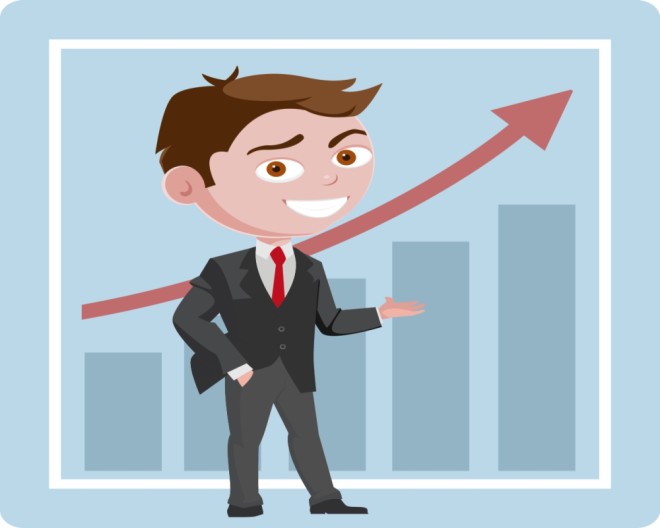

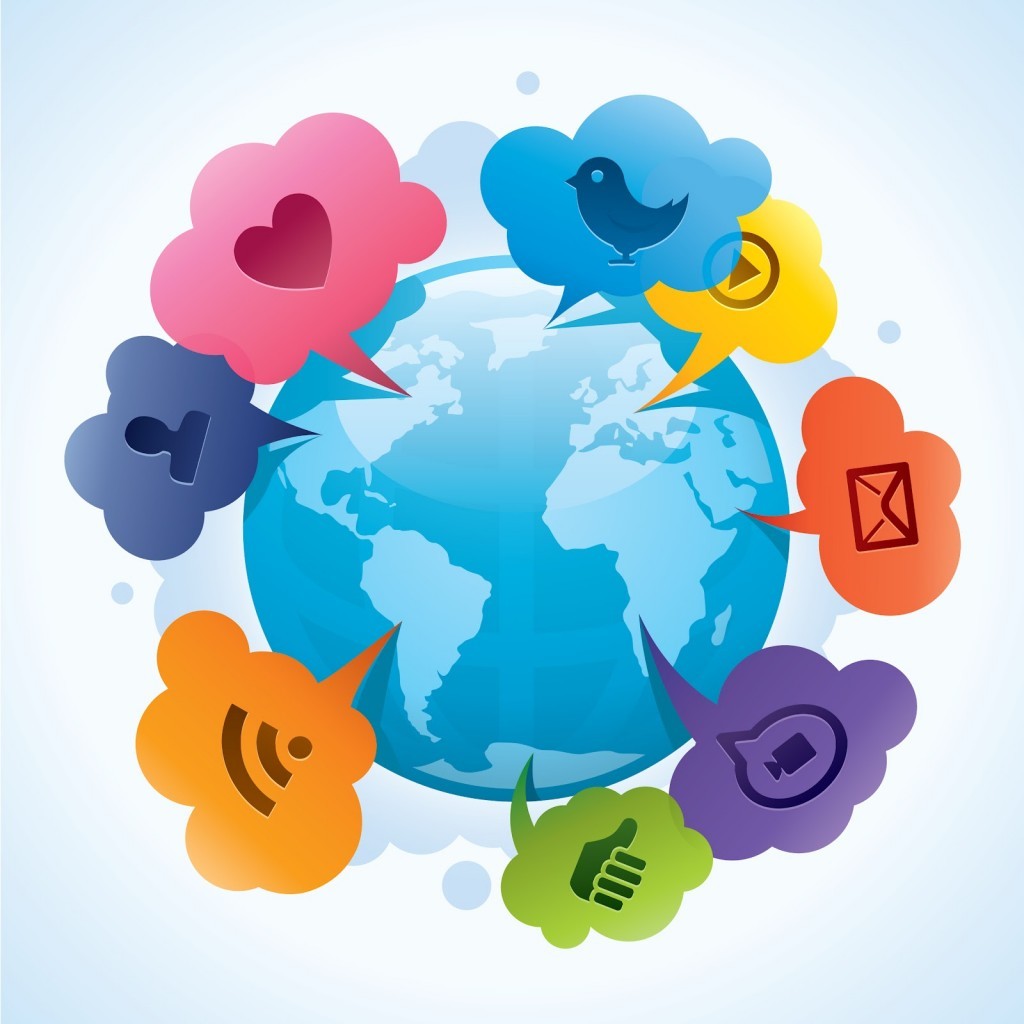

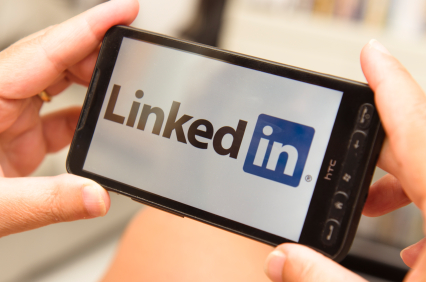
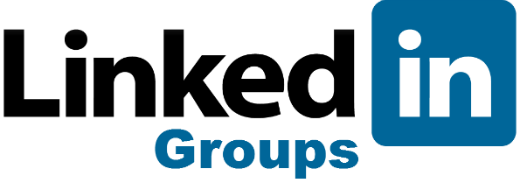
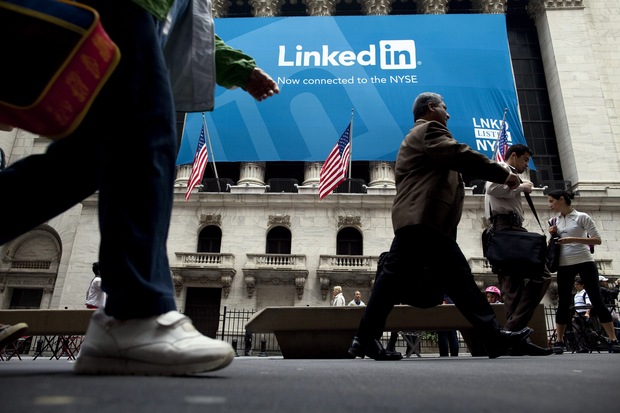

3 Reasons To Reconsider LinkedIn Groups – Disqus Comment On V3IM
I spend quite a bit of time on LinkedIn and that activity most definitely includes participating in LinkedIn Groups. Paying attention to the discussions that happen in different groups, participating, sharing data and personal experiences helps me do a better job of serving my clients and it also gives me insights into some of the issues my clients and prospects and sometimes even their clients and prospects face on a daily basis. As a result, I regularly meet and interact with a ton of new and interesting people and that’s rarely a bad thing.
Because I find Groups to be such a valuable part of the LinkedIn experience, I thought I’d share 3 reasons that might make you rethink your own use of Groups.
via 3 Reasons to Reconsider LinkedIn Groups | V3 Kansas City Integrated Marketing and Social Media Agency.